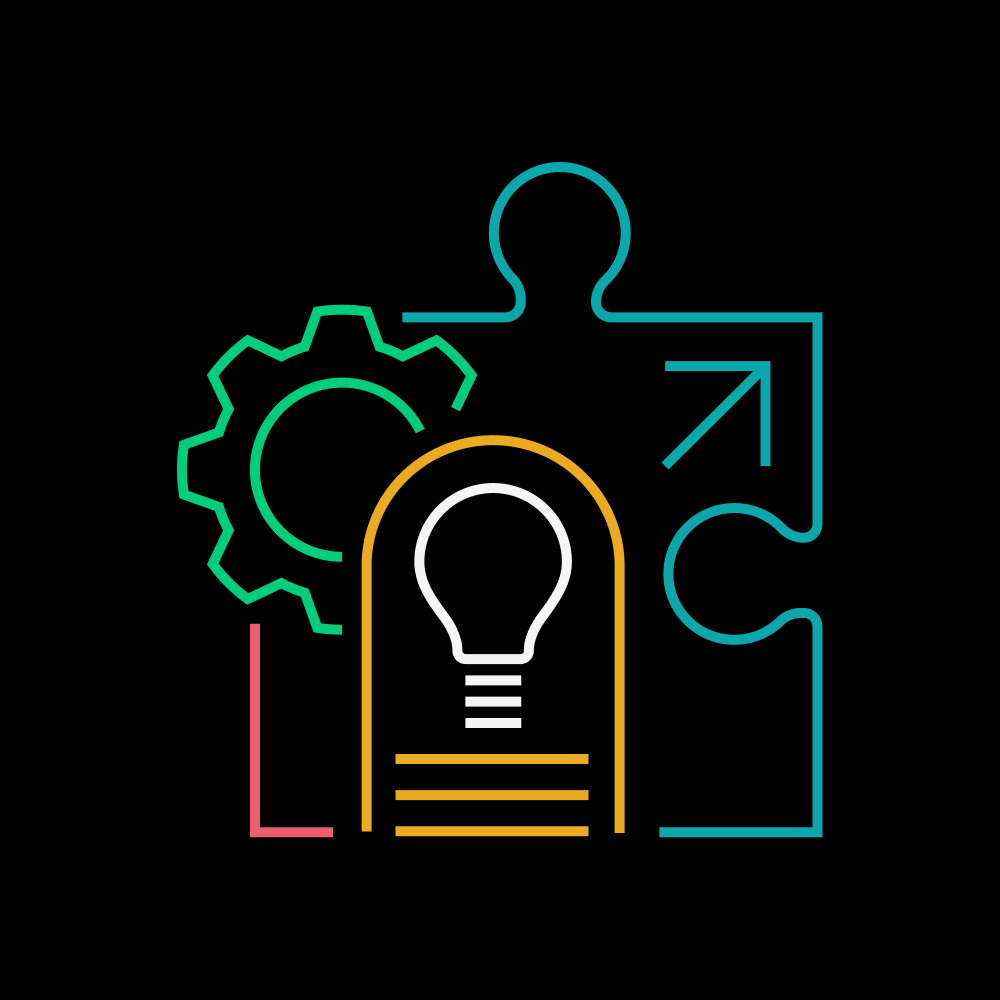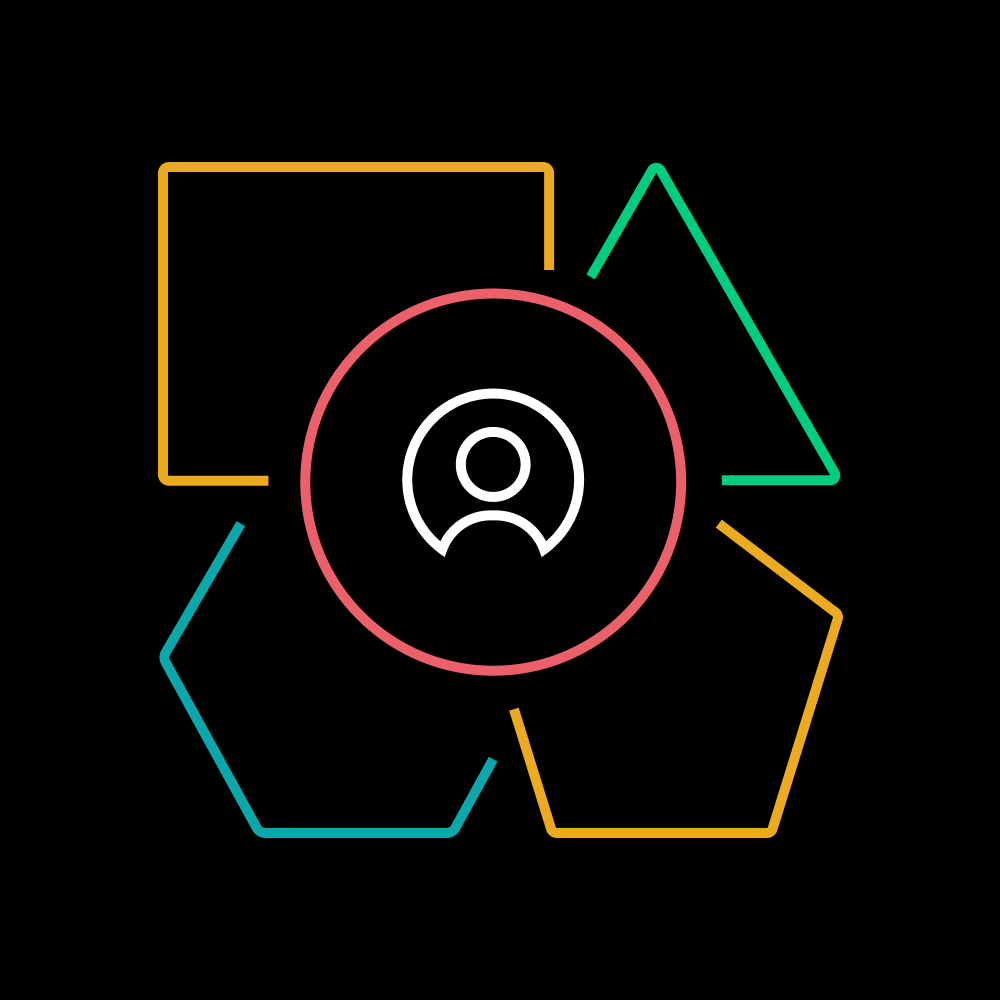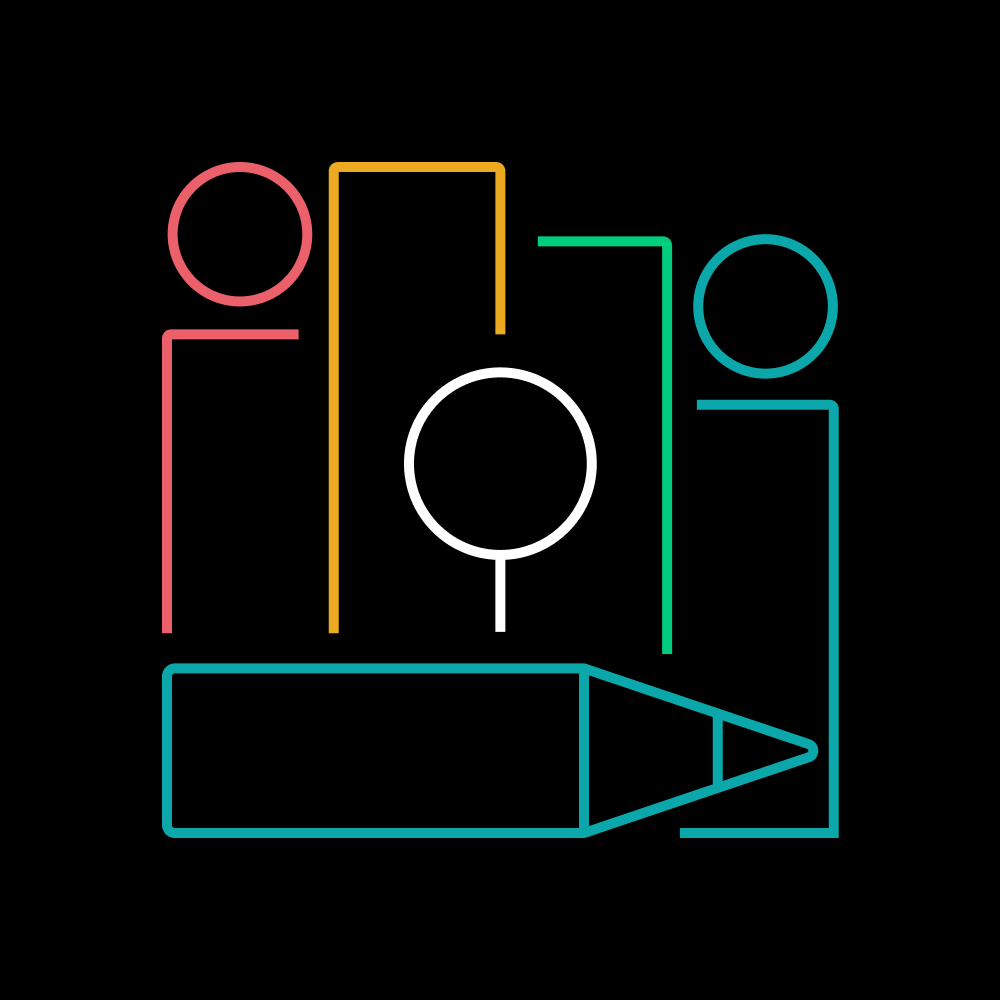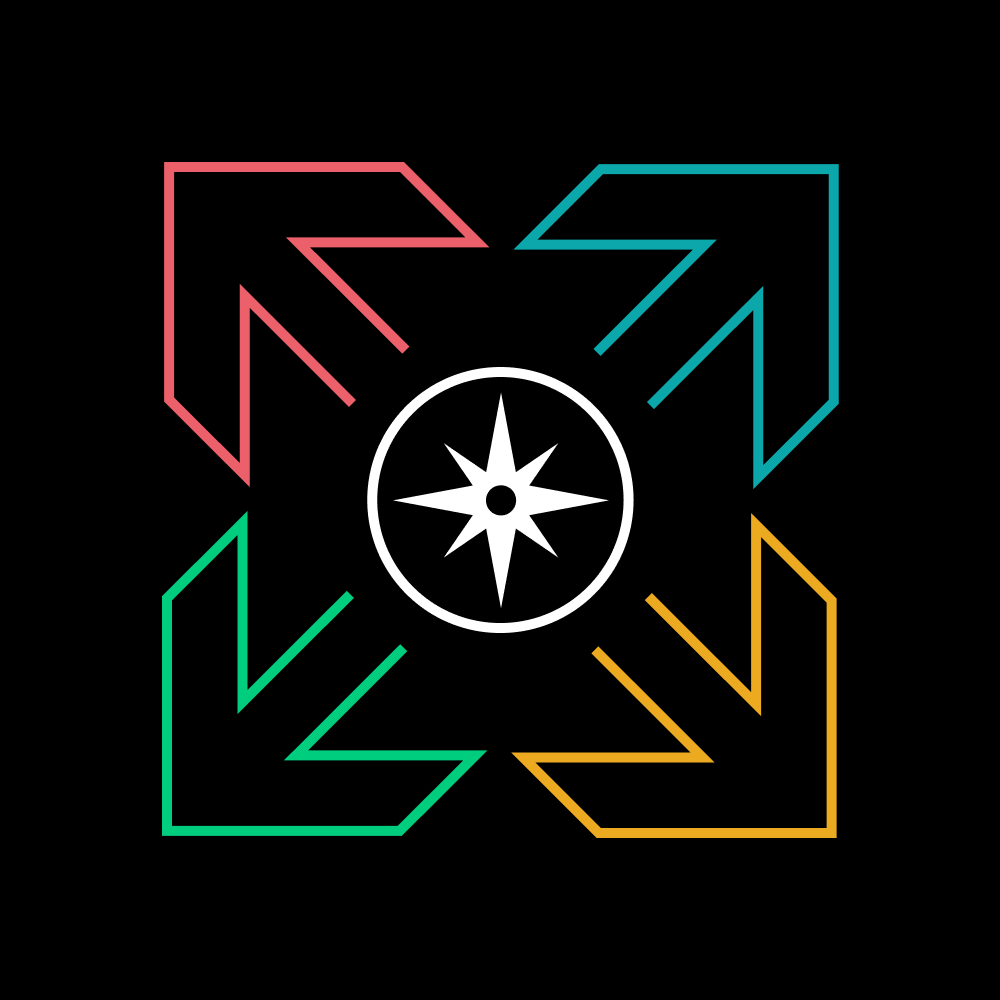
Better brainstorming with technology
Generate higher quality ideas and more inclusive brainstorming discussions with modern digital tools
Posted March 12, 2021 by Helen Kupp
In the past, meetings were the default environment for collaborating. But, after a year of remote work due to the COVID-19 pandemic, organizations not only realize that employees can be more engaged and productive in a hybrid environment but are also actively planning for a future where their employees have more flexibility around when and where they work.
Similarly, while many of us still believe in the myth that the most innovative ideas come from a live brainstorming meeting on a whiteboard, research shows us that a hybrid approach yields better outcomes. Alternating between individual work and group work has been shown to generate both a larger number and higher quality of ideas than group work alone.
As we prepare for a hybrid work future, organizations will need to break old habits to build new processes for brainstorming to stay innovative and competitive. New technologies can not only help bridge the gap between remote and office-based teams, but also unlock better, more abundant innovation by enabling teams to brainstorm better asynchronously, and collaborate together to refine digitally. We’ve identified a few technology platforms that can help your team with each phase of the brainstorm, along with best practices our teams have experimented with over the last year.
Start with building great context and pre-work
Too many meetings today are spent getting everyone up to speed. Great brainstorm sessions start with pre-work for context setting, with the actual meeting time used instead for discussion, decision making, and developing an action plan. Successful pre-work is essential so that everyone can use their time productively.
Advance preparation ensures that participants feel invested in the meeting, engaged with the topics at hand, and connected to the other attendees. Pre-work also helps executives know in advance what the meeting is about, so they can lead or contribute in meetings effectively. With everyone working remotely, meeting preparation and follow-up needs to be done asynchronously.
Notion is an all-in-one workspace for teams to write, plan and get organized. Notion combines word processing with a powerful database to enable teams to create just about any experience—meeting notes, project trackers, wikis and more. You can start with a blank canvas or pick from one of the many pre-built templates to jumpstart your workflow. Notion is the connective tissue between your content and business applications. Team members can curate content from Google Slides, Figma, and GitHub alongside notes in preparation for the meeting.
Other examples of pre-work tools: Confluence, Dropbox Paper, Coda.
Create opportunities for flexible idea generation that are inclusive of all styles of thinking
Prior to the pandemic, most organizations operated under the assumption that creativity and innovation only happened when teams got together in a room to brainstorm new ideas. The most impactful shift we’ve witnessed has been the adoption of asynchronous work. Creativity doesn’t just happen inside an office, and great ideas don’t always come at once.
Blending synchronous and asynchronous into your team’s brainstorming process enables you to include people across multiple locations and time zones, and gives employees the time to put thought behind their ideas and feedback. Give everyone time to think deeply and freely about ideas without judgement or bias. Once they have formulated their ideas, they can share them out with the group. This way, you create space for all ideas to be shared and heard.
Running a brainstorm meeting takes preparation, structure, and engagement from all participants. Whether you’re a meeting facilitator or attendee, Mural offers pre-built templates to reduce time planning the meeting, guided instructions to help ease the burden of new tools on meeting participants, and features like built-in timers to ensure the meeting is on schedule.
If you’re ready to run a brainstorm meeting today, we recommend trying out the Creative Matrix from the LUMA Institute. This template is designed to help your team generate wide-ranging ideas in a short timeframe, invite input from all team members, and encourage divergent thinking.
Other examples of white-boarding tools: Miro, Google JamBoard, Whimsical.
Continuously iterate on the process
The most effective leaders live by the credo “fail fast and iterate.” Effective and quick recognition of when things can be done better, as well as rapid feedback and iteration can be vital to your team’s health and ability to execute over the long term. Forward-thinking organizations have a healthy appetite for continuous improvement, and that applies to meetings and brainstorming techniques as well.
Retrospectives are a great way to draw attention to beneficial changes that could be made, help identify process improvements, and align your team around the optimal brainstorm process going forward. Not many companies review meetings retrospectively, and doing so can lead to incredible insights into how to run team discussions and sessions more effectively.
Once your team has completed a brainstorm session, jump into Parabol to reflect on the process, capture learnings, and make improvements. If you’ve never run a retrospective meeting before, don’t worry. Parabol’s software follows a 5 round process that’s user-friendly and approachable for both remote and in-person participants. They also have meeting templates based on your goals and step-by-step guides for retrospective facilitators. Once your team has completed the retrospective, a meeting summary is generated for all participants to see the action items for the next brainstorm session.
Generate higher quality ideas by going async and digital
The data is clear: people are more productive and engaged working remotely, and teams have higher performance in a hybrid work environment. We know that adopting new tools and processes can be challenging, but it’s important to experiment with new ways of working and the right partners can help put your business years ahead. Over the last decade, we’ve gone from using software one to two hours a day to living in them. During that same time period, software has become more complex, and yet we’re all expected to be experts. We’re highlighting Notion, Mural, and Parabol because they are free to get started, user-friendly, and have templates to help jumpstart your team’s adoption. This becomes even more important as teams experiment with and iterate on what new processes and tools work best for them. These organizations live in the future of work everyday, and their beliefs in the way things should be done—digital and asynchronous—are baked into the products.
Note: This technology companion builds on the work in our Unlock Creativity & Innovation for Distributed Teams Playbook.
Contributing Author: Dillon Ferdinandi. Dillon is an early-stage technology investor with Slack Fund. Over the last year, Dillon has had the opportunity to meet with hundreds of entrepreneurs who are attempting to help organizations transform meeting culture, and successfully bridge the gap between remote and office based teams.


